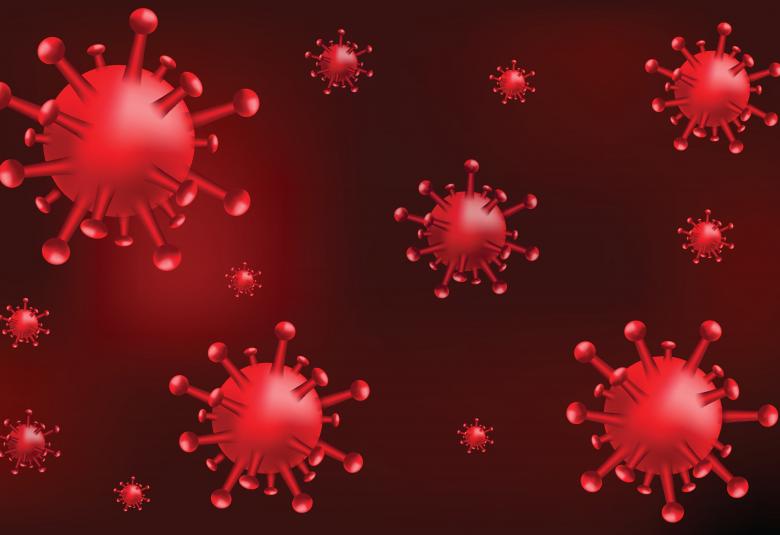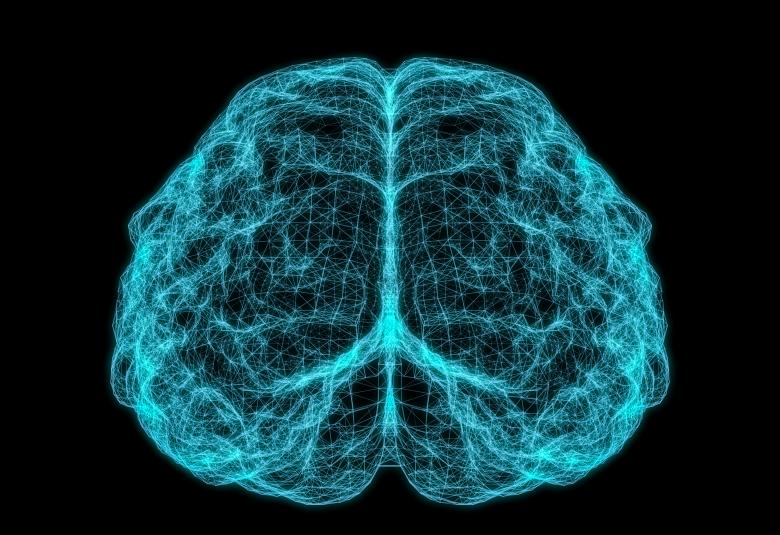Mouse models carrying a schizophrenia-predisposing mutation equivalent to the 22q11.2 microdeletion — the genetic cause of 1–2% of cases of schizophrenia in humans — have enabled a hypothesis for the cause of impaired working memory. Identification of the mechanism at different levels in the brain — from gene to cell to circuit to system to behavior — suggest possible targets for novel therapies, explained Joshua Gordon, Director of the U.S. National Institute of Mental Health (NIMH) in a fascinating plenary session at CINP 2018.
Genes code for protein expressed in cells (neurons) which form circuits, which perform computations and are wired up with others in a system to produce behavior, explained Dr. Gordon.
It is not clear which is the best level — gene, cell, circuit, system or behavior — to target for effective treatment
When investigating the mechanisms causing psychiatric disease, it is necessary to consider all these functional levels in the brain because it is not clear which is the best level to target for effective therapeutic intervention, he said.
In terms of current therapies:
· antidepressants work at the cellular level targeting cell membrane receptors or transporters
· electroconvulsive therapy and deep brain stimulation (DBS) are systems level technologies
· cognitive behavior therapy works at the behavioral level
A high-impact mutation that predisposes to psychosis
The Df(16)A+/– mouse A is a mouse model of 22q11 microdeletion
In humans, the 22q11.2 microdeletion syndrome — also known as DiGeorge syndrome or velocardiofacial syndrome — results in a range of central nervous system (CNS) and non-CNS phenotypes, each of which occurs at variable penetrance, explained Dr. Gordon.
The associated psychotic disorder has a penetrance of about 30% and tends to occur at about the same age (adolescence or early adulthood) as generic schizophrenia. From a symptomatic standpoint, it is identical to schizophrenia, he said, with auditory hallucinations, delusions and working memory deficits.
The Df(16)A+/– mouse A is a mouse model of 22q11 microdeletion. It has a deletion of the same single locus of about 20 genes on chromosome 16, and the model has enabled identification of a mechanism leading to impaired working memory from gene to cell to circuit to system to behavior.
Impaired working memory at the behavioral level
Mutant mice take longer to learn a spatial memory task than wild-type mice
Dr. Gordon described experiments carried out in his lab to investigate the behavior associated with the 22q11.2 microdeletion in the mouse model. The cognition behavioral phenotype was studied rather than hallucinations, which are difficult to measure in mice.
A spatial task — a T-maze delayed non-match to sample test — to test working memory (in this case spatial memory) demonstrated that mice with the microdeletion take 2–2.5 days longer to learn the task than wild-type littermates.1
Impaired hippocampal–prefrontal cortex communication at a systems level
Insufficient information is being sent from the hippocampus to the PFC
Previous work has shown that the hippocampus and prefrontal cortex (PFC) regions are required to work together to perform the spatial memory task, so Dr. Gordon’s team inserted electrodes into these regions to record activity while the animals were performing the tasks.
Normally about 60% of neurons in the PFC are significantly phase-locked (in rhythm) with the hippocampus indicating that the two regions are connected and communicating.2 However, the strength of phase-locking is on average weaker in mutant mice than in wild-type mice, reported Dr. Gordon.
It therefore seems as if insufficient information is being sent from the hippocampus to the PFC, he explained. A systems level explanation for the observed impaired spatial memory revealed by the T-maze delayed non-match to sample test may be that the do not have enough information.
Impaired hippocampal axon function within the PFC at a circuit level
Hippocampal axons play an important role in spatial memory
Can we understand what this deficit of information might be like at the level of the neural circuit, asked Dr. Gordon.
First it was necessary to identify the neural circuit mechanism for the hippocampus-PFC synchrony. One possibility was that the hippocampus sends information to the PFC via the axonal projections. A circuit-level technique was therefore used to disrupt axonal function and to observe the effect on behavior.
A virus expressing a bacterial protein was inserted into the hippocampus of wild-type mice and the protein is then expressed by the hippocampal neurons and their axons in the PFC. Shining a light on the neurons activates the protein, which pumps protons out of the neuron, lowering neuronal activity.3
Turning on the light in animals decreased the T-maze performance by the wild-type mice by about 65%, indicating that the hippocampal axons play an important role in spatial memory.3
Hyperactive kinase Gsk3 results in less branched neurons at a cellular level
Hippocampal–PFC axons in mutant mice are less branched
One gene within the 22q11 microdeletion (Zdhhc8–/–) changes the proteins in the developing axon resulting in a dysregulation and hyperactivity of a kinase called Gsk3,4 said Dr. Gordon.
As a result, the hippocampal–PFC neurons in the mutant mice are not as branched as in wild-type mice.
An antagonist to the hyperactive Gsk3 restored normal branching in a dish and also in neurons in intact animals if treated from birth, and has also been shown to restore working memory in the mutant mice.5
A partial explanation for the deficit of working memory associated with the 22q11.2 microdeletion is therefore decreased branching of neurons and flow of information to the PFC
MicroRNA-338-3p depletion increases dopamine D2 receptors at the cellular level
Deletion of the DGCR8 gene in mutant mice results in an overexpression of D2 receptors
The microRNA processing gene DGCR8 is a key gene in the 22q11.2 locus. Deletion of the gene in mutant 22q11 deletion syndrome mice results in a depletion of miR-338-3p, which in turn leads to an overexpression of D2 receptors in the medial geniculate nucleus and thalamocortical synapse deficits.6
The resulting signaling abnormalities between the medial geniculate nucleus and auditory cortex might provide an explanation for auditory hallucinations because the cortex has to upregulate activity to compensate and that might be ascribed to another sensory input, speculated Dr. Gordon.
Translational challenges and opportunities
Dr. Gordon highlighted how these new findings suggest translational opportunities using:
· neurobiologic approaches, for example:
o a drug that enhances axon outgrowth in PFC neurons to restore activity
o DBS or other stimulation to strengthen the ability of the hippocampus to drive communication synchrony
o D2 antagonists to target D2 overexpression
o therapy to target micro RNA
o therapy to target electrical frequency
· technologic approaches, for example to modulate activity in circuits
Dr. Gordon emphasized that these findings pertain to a rare variant of schizophrenia.
In the future, he anticipates that massive computational analysis of multiple levels of data — other genomic variants (at least 250 variants are associated with a small increased risk), cellular, circuits, systems and behavioral — will enable understanding of the precise mechanisms responsible for the phenotypic manifestations in individual patients.




